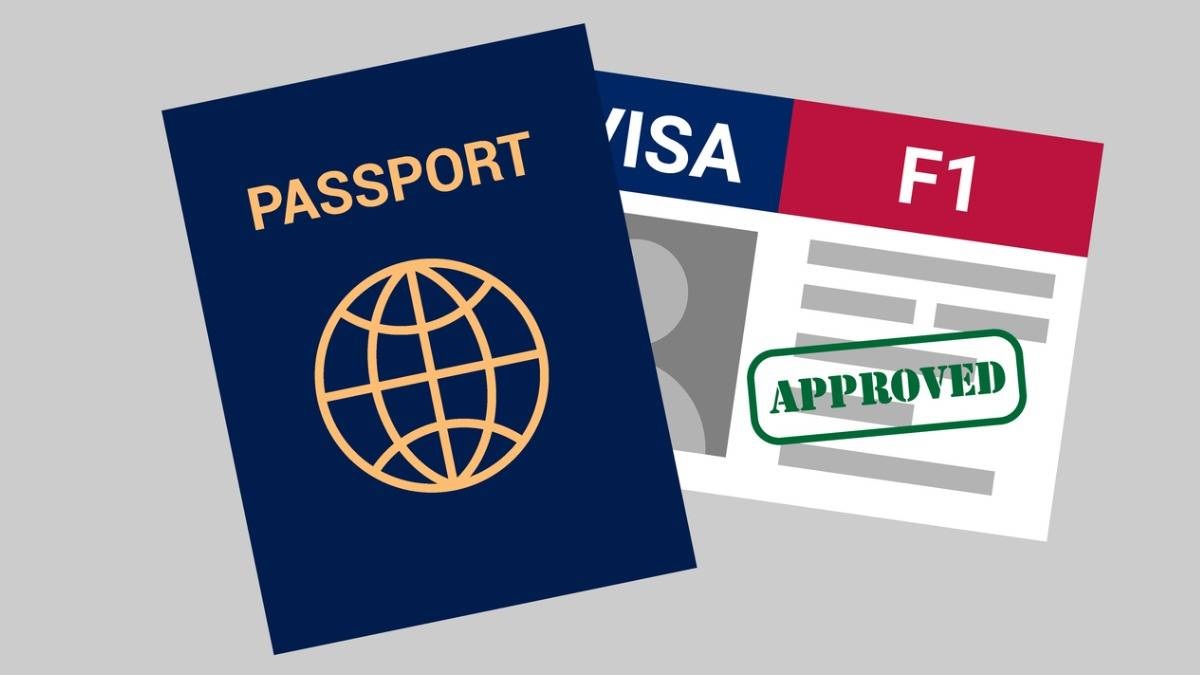Kathmandu. More than one million foreign students are studying in the US. Among them, thousands are Nepali.
The US is very popular among Nepali students for higher education. However, it is difficult to get admission in the US. However, even if you do get admission, it can be difficult to get a student visa. This is because to get a student visa in the US, you have to show that you have enough money to study.
An F-1 visa (student visa) in the US can only be obtained when the student submits documents to the visa officer as proof that they have enough money to pay for their studies, as well as other expenses such as food and accommodation. You can prove that you have enough money to study through a bank statement, affidavit or scholarship letter. If the specified amount cannot be shown, the student visa application will be rejected. Which can shatter the dream of studying in the US.
Now the biggest question here is that if someone gets admitted to an American university and now has to get a student visa, how much savings should he show? After admission, the student receives an I-20 form from the university. Which contains the ‘Cost of Attendance’ (COA). That is, how much money will be spent on studies. It contains details of tuition fees, living expenses, health insurance and other fees.
It depends on whether the university is public or private. Tuition fees can range from $10,000 to $55,000. The cost of accommodation and food can range from $12,000 to $18,000.
Similarly, health insurance and other expenses can range from $3,000 to $5,000 per year. Most universities ask for an estimate of expenses for one year. Some ask for expenses for 2-4 years or the entire course. Thus, if you need a student visa, you must provide proof of sufficient funds to cover your study expenses.
For example, if your tuition fees are $10,000, your food and accommodation expenses are $12,000, and your health insurance and other expenses are $3,000, then your total annual expenses will be $25,000. If you can show the visa officer that you have money through a bank statement of a savings account, fixed deposit receipt, educational loan statement, or scholarship letter, you can easily get a US student visa.























